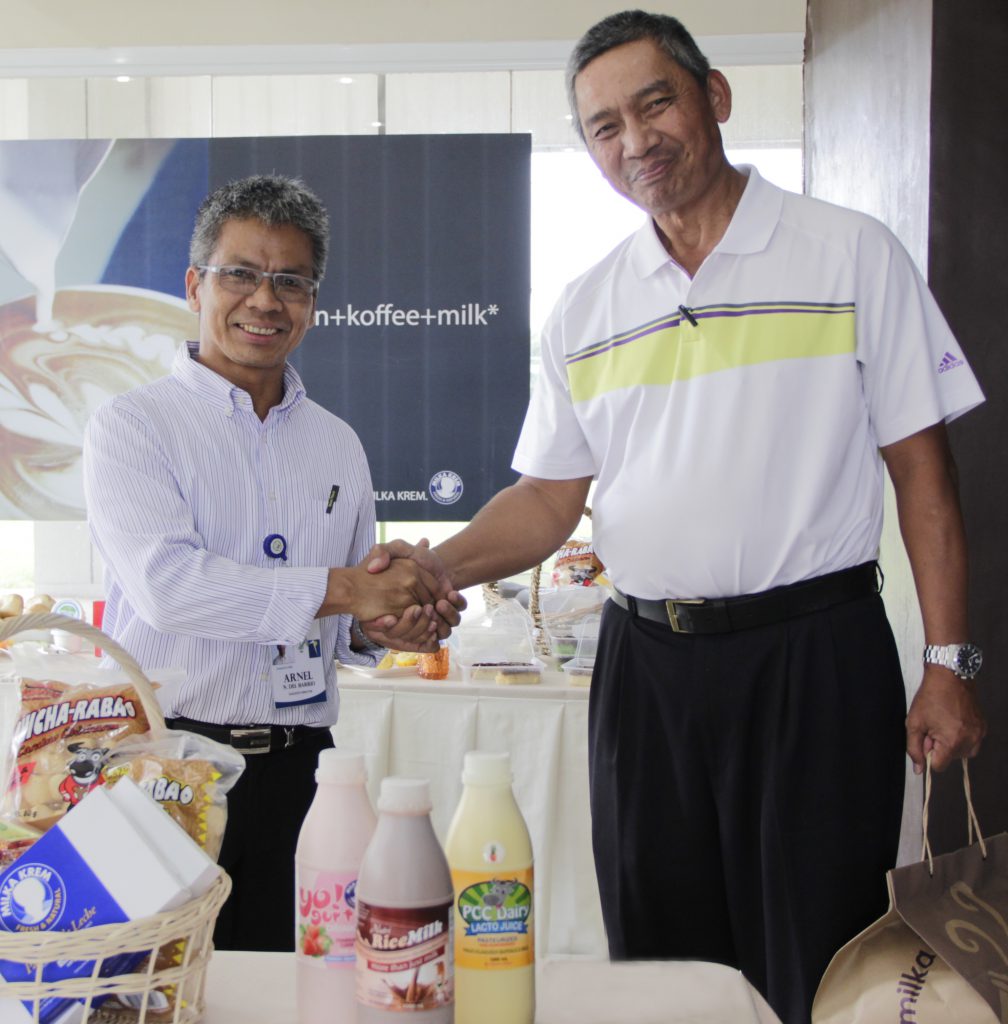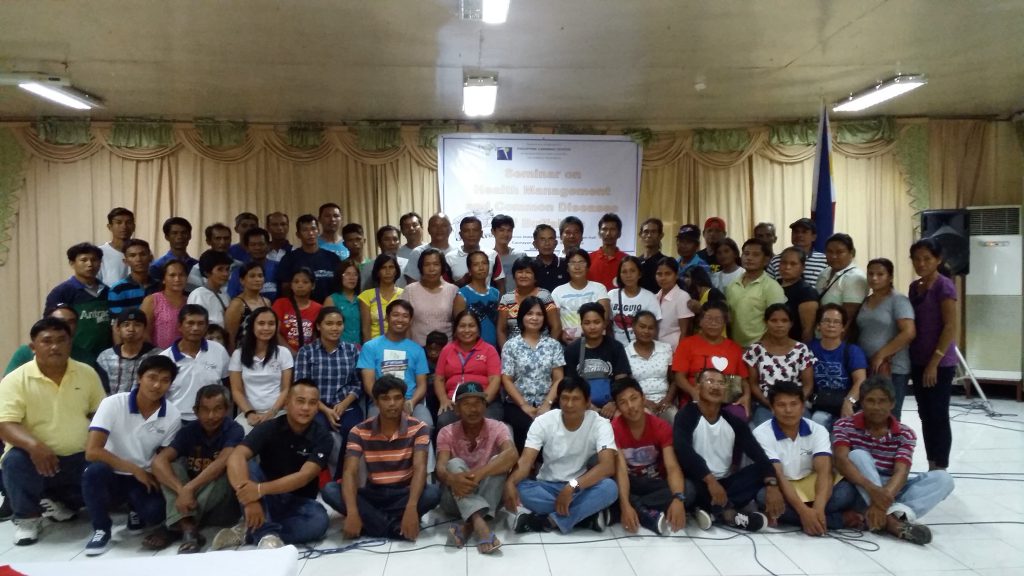Very impressive!”, said Dr. Antarjo Dikin, Director of the Centre for Plant Quarantine and Biosafety, Indonesian Agricultural Quarantine Agency, Ministry of Agriculture, in response to the carabao research program of the Philippine Carabao Center (PCC) last August 25 during his visit at its National Headquarters in the Science City of Muñoz, Nueva Ecija.
Dikin, head of the Indonesian delegation, joined in by officials from the Department of Agriculture, was toured by the PCC’s top officials composed of Executive Director Dr. Arnel N. Del Barrio, Knowledge Management Division Chief Dr. Eric P. Palacpac, Research for Development Division Chief Dr. Annabelle S. Sarabia, Animal Genomics and Bioinformatics head Dr. Ester S. Flores, Carabao Enterprise Development Section head Ms. Mina P. Abella and Gene Pool coordinator Dr. Cyril P. Baltazar.
They visited various laboratories such as Animal Genomics and Bioinformatics laboratory, Reproductive Biotechnology and Physiology laboratory, Biosafety laboratory; national gene pool, central milk processing plant and Milka Krem dairy outlet.
“I’ve never seen any country other than the Philippines who does very well (in carabao research and program). The idea (program) that we’ve seen here is not only good for us (Indonesian government) but good for everybody, specifically to other countries that do not have breeding program yet for their buffaloes,” Dikin said.
Dikin, along with his group, visited the PCC as part of their itinerary during their attendance to the “3rd PH- INDONESIA Joint Agriculture Working Group Meeting” last August 24-25 at the Eastwood Richmonde Hotel in Quezon City and at the PCC National Headquarters, which aimed to strengthen the alliance of the Philippine and Indonesian government in bringing agricultural development to their respective countries.
PCC Executive Director Del Barrio expressed his elation to accommodate and assist the said visitors.
“The Philippines is relatively more advanced than Indonesia in terms of implementing its livestock programs, particularly carabao program and crossbreeding program. PCC is happy to share its expertise and technologies with the Indonesian government just in case the latter would want to develop further its carabao program in the future,” Del Barrio explained.
“I am very happy that I visited the PCC and have met its top officials. I’ve gained valuable knowledge here on the how-to’s of collecting genetic resources, crossbreeding and creation of enterprises from buffalo-based industry. I really hope that our government could replicate this program in the future. Thanks to the PCC for the assistance they provided us. I just want to say that I am very impressed by the PCC’s carabao research and programs,” Dikin concluded.




